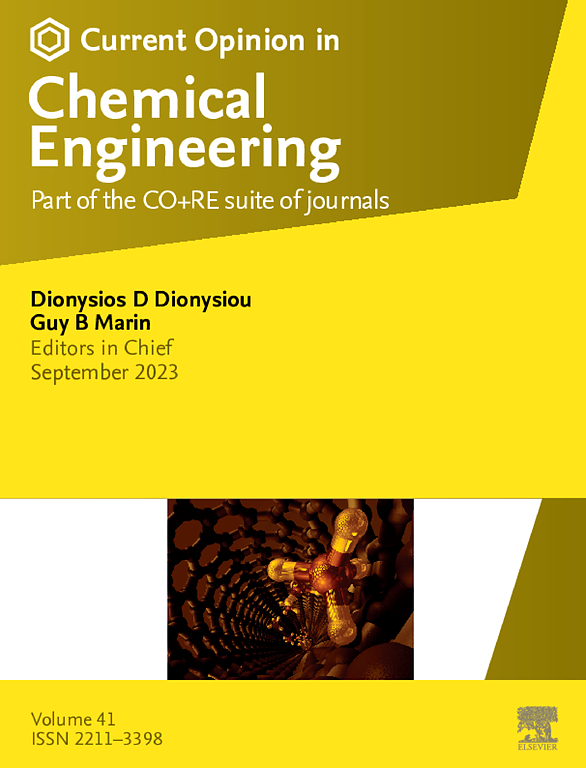Solar energy–based sonophotocatalysis for intensified wastewater treatment
IF 6.8
2区 工程技术
Q1 BIOTECHNOLOGY & APPLIED MICROBIOLOGY
引用次数: 0
Abstract
Sonophotocatalysis has gained attention recently for the effective treatment of wastewater, mainly based on the expected synergy from sonication and photocatalysis. The current work focuses on the guidelines related to the mechanisms for synergy, optimization of operating parameters, and reactor designs. The influence of operational parameters, including pH (acidic or alkaline conditions), pollutant concentration, catalyst loading, temperature, and irradiation duration, on degradation extent has been explained. In addition, the effect of reactor characteristics such as ultrasonic frequency and power has been discussed. A significantly higher synergistic pollutant removal has indeed been observed in sonophotocatalysis compared to conventional treatment methods. The incorporation of various doping materials and catalyst supports further enhances degradation efficiency. The expected advancement underscores the potential of sonophotocatalysis as a promising wastewater treatment technology, particularly for the effective elimination of recalcitrant organic contaminants. The review also presents the challenges of the current process and offers recommendations for its future expansion.
基于太阳能的声光催化强化废水处理
声波光催化技术是近年来备受关注的一种有效的废水处理方法,主要是基于预期的声波和光催化的协同作用。目前的工作重点是与协同机制、操作参数优化和反应堆设计相关的指导方针。说明了操作参数,包括pH值(酸性或碱性条件)、污染物浓度、催化剂负载、温度和照射时间对降解程度的影响。此外,还讨论了超声频率和功率等反应器特性对反应性能的影响。与传统的处理方法相比,在声光催化中确实观察到明显更高的协同污染物去除。各种掺杂材料和催化剂载体的掺入进一步提高了降解效率。预期的进展强调了声光催化作为一种有前途的废水处理技术的潜力,特别是在有效消除顽固性有机污染物方面。审查还提出了当前进程的挑战,并就今后扩大进程提出了建议。
本文章由计算机程序翻译,如有差异,请以英文原文为准。
求助全文
约1分钟内获得全文
求助全文
来源期刊

Current Opinion in Chemical Engineering
BIOTECHNOLOGY & APPLIED MICROBIOLOGYENGINE-ENGINEERING, CHEMICAL
CiteScore
12.80
自引率
3.00%
发文量
114
期刊介绍:
Current Opinion in Chemical Engineering is devoted to bringing forth short and focused review articles written by experts on current advances in different areas of chemical engineering. Only invited review articles will be published.
The goals of each review article in Current Opinion in Chemical Engineering are:
1. To acquaint the reader/researcher with the most important recent papers in the given topic.
2. To provide the reader with the views/opinions of the expert in each topic.
The reviews are short (about 2500 words or 5-10 printed pages with figures) and serve as an invaluable source of information for researchers, teachers, professionals and students. The reviews also aim to stimulate exchange of ideas among experts.
Themed sections:
Each review will focus on particular aspects of one of the following themed sections of chemical engineering:
1. Nanotechnology
2. Energy and environmental engineering
3. Biotechnology and bioprocess engineering
4. Biological engineering (covering tissue engineering, regenerative medicine, drug delivery)
5. Separation engineering (covering membrane technologies, adsorbents, desalination, distillation etc.)
6. Materials engineering (covering biomaterials, inorganic especially ceramic materials, nanostructured materials).
7. Process systems engineering
8. Reaction engineering and catalysis.
 求助内容:
求助内容: 应助结果提醒方式:
应助结果提醒方式:


